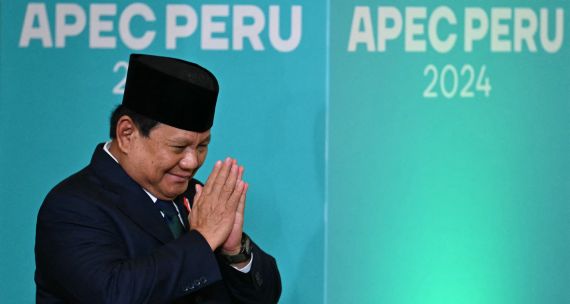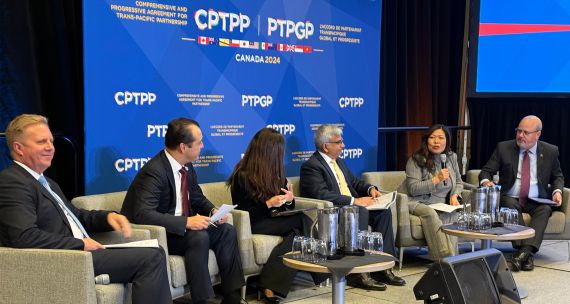When U.S. President Donald Trump pulled the plug on U.S. participation in the Trans-Pacific Partnership in January, it was a bad day for Canadian supporters of the TPP.
But now it seems the TPP may still live under another guise, often referred to as the TPP 11. New studies have shown that even without U.S. participation, a transpacific agreement based on the new rules negotiated in the original TPP will still bring gains to all the partners. More important, moving ahead with the TPP 11 would constitute a global signal that trade liberalization is still vital for economic growth, and that preservation of open markets through multilateral agreements is the way of the future, rather than Mr. Trump's protectionism or preference for zero-sum bilateral deals.
Canada came late to the TPP, having passed on the initial opportunity to join the negotiations, and was only admitted in the fall of 2012. By the time the Harper government realized that Canada needed to be part of the emerging transpacific trade architecture in order to take advantage of the new rules being forged by the TPP, it was almost too late to get in.
In fact, Canada and Mexico joined the negotiations in October, 2012, followed by Japan in July, 2013. Japan's addition made the negotiations really interesting for Canada, since now significant new market access was potentially available for exporters. Canada and Japan had already begun bilateral negotiations that were moving slowly before being suspended once Japan joined the larger TPP group.
When Mr. Trump gave notice that the United States would not proceed to ratify the agreement signed in early 2016, the TPP in its current form could not enter into force. To come into effect it had to be ratified by at least six of the 12 negotiating partners, constituting 85 per cent or more of the bloc's combined GDP.
Given the United States' economic predominance, without American ratification the deal as negotiated was dead. But rather than hold a wake, the other partners convened a meeting in Chile in mid-March to discuss future steps. International Trade Minister François-Philippe Champagne attended, and then reinforced Canadian interest by holding a further meeting of officials in Toronto in early May. There are good reasons for Canada's continuing interest in exploring how to retain many of the gains from the TPP.
First, a modified TPP offers the possibility of cementing the market-access agreement with Japan that was negotiated as part of the wider pact. It will also open trade in interesting export markets in which Canada currently has no preferential bilateral arrangements, such as Australia, New Zealand, Vietnam and Malaysia.
Second, it will ensure that the new rules negotiated in the TPP to deal with many "behind the border" non-tariff measures will come into effect for Canada's trade with the other 10 TPP countries with which we already have bilateral agreements, including Mexico, Chile and Peru.
Third, it will maintain Canada's strategic engagement with important partners in Asia, and keep the door open to possible wider preferential trading arrangements, such as an eventual free-trade area of Asia Pacific (FTAAP).
These gains are not just theoretical. A recent study by Kenichi Kawasaki of Japan's National Graduate Institute for Policy Studies (GRIPS) has predicted that even without U.S. participation, trade gains to the TPP 11 countries from removal of tariff and non-tariff measures would still be significant.
Under Mr. Kawasaki's model, Canada would achieve a GDP gain of 1.97 per cent under a full TPP scenario, but would still see a gain of 1.06 per cent as part of a TPP 11. In fact, four of the remaining 11 countries would see larger GDP gains under the TPP 11 scenario than under the original TPP agreement. Major gains under a TPP 11 scenario would accrue to Malaysia (20.65 per cent), Singapore (14.72 per cent), Vietnam (10.39 per cent) and Mexico (5.63 per cent).
The numbers in most cases would be larger if the United States were a participant, but the GRIPS study shows there are valid economic reasons to proceed even without the United States. Japan and New Zealand have already ratified the original TPP agreement and Singapore has committed to do so.
Canada has not yet taken that step but has been active in keeping its options open and its powder dry when it comes to the question of a modified TPP. We have shown interest and demonstrated some leadership by holding the talks in Toronto. At a time when the Trump administration is flexing its protectionist muscles, the TPP 11 is an important alternative strategy that Canada can and should pursue.
This piece was first published in The Globe and Mail on May 25, 2017



